Gamma-ray bursts (GRBs) are intense bursts of gamma radiation, typically generating more energy in a few seconds than the Sun will produce over its ten-billion-year lifetime.
Tag: ASTROPHYSICS
Condor Telescope Reveals a New World for Astrophysicists
A new telescope called the “Condor Array Telescope” may open up a new world of the very-low-brightness Universe for astrophysicists.
Expert Available: April 8, 2024, Total Solar Eclipse – Deborah Skapik, NASA Partner Eclipse Ambassador
On Monday, April 8, 2024, a total solar eclipse will cross North America, from Texas to Maine. Observers viewing the eclipse from outside the path of totality may observe a partial eclipse, where the Moon covers most, but not all…
Finding new physics in debris from colliding neutron stars
Neutron star mergers are a treasure trove for new physics signals, with implications for determining the true nature of dark matter, according to research from physicist Bhupal Dev at Washington University in St. Louis.
FAU’s Ata Sarajedini, Ph.D., Among 21 New Fellows of the American Astronomical Society
Ata Sarajedini, Ph.D., was elected for his contributions to the field of resolved stellar populations as applied to the formation and evolution of star clusters and galaxies, extensive service to the astronomical community through leadership of committees, and outstanding efforts in public service such as hosting the “Astronomy Minute” podcast.
UAH researchers win $457K to study astrophysical phenomena that could lead to propulsion breakthroughs
Two researchers in the College of Engineering at The University of Alabama in Huntsville (UAH) have won a grant totaling $457,963 to study 3D magnetic reconnection.
How Could a Piece of the Moon Become a Near-Earth Asteroid? Researchers Have an Answer
A team of astronomers has found a new clue that a recently discovered near-Earth asteroid, Kamo`oalewa, might be a chunk of the moon.
Record-breaking fast radio burst offers path to weigh the Universe
In a paper published today in Science, a global team led by Macquarie University’s Dr Stuart Ryder and Swinburne University of Technology’s Associate Professor Ryan Shannon, report on their discovery of the most ancient and distant fast radio burst located to date, about eight billion years old.
“A new lens” into the Universe’s most energetic particles
Showers in bathrooms bring us comfort; showers from space bring astrophysicists joy. Osaka Metropolitan University scientists have observed, with their novel method, cosmic-ray extensive air showers with unprecedented precision, opening the door to new insights into the Universe’s most energetic particles.
Researchers capture first-ever afterglow of huge planetary collision in outer space
A chance social media post by an eagle-eyed amateur astronomer sparked the discovery of an explosive collision between two giant planets, which crashed into each other in a distant space system 1,800 light years away from planet Earth.
From atomic nuclei to astrophysics, collaborative program builds basis for scientific discoveries
Oak Ridge National Laboratory is leading two nuclear physics research projects within the Scientific Discovery through Advanced Computing, or SciDAC, program from the Department of Energy Office of Science. One of the projects is called Nuclear Computational Low-Energy Initiative, or NUCLEI. The other is Exascale Nuclear Astrophysics for FRIB, or ENAF.

Carbon atoms coming together in space
Lab-based studies reveal how carbon atoms diffuse on the surface of interstellar ice grains to form complex organic compounds, crucial to reveal the chemical complexity in the universe.
DOE Awards $135 Million For Groundbreaking Research By 93 Early Career Scientists
The U.S. Department of Energy (DOE) today announced the selection of 93 early career scientists from across the country who will receive a combined $135 million in funding for research covering a wide range of topics, from artificial intelligence to astrophysics to fusion energy. The 2023 Early Career Research Program awardees represent 47 universities and 12 DOE National Laboratories across the country. These awards are a part of the DOE’s long-standing efforts to develop the next generation of STEM leaders to solidify America’s role as the driver of science and innovation around the world.
Department of Energy Announces $28.5 Million for LaserNetUS
Today, the Department of Energy’s Office of Science announced $28.5 million for LaserNetUS to advance discovery science and inertial fusion energy.
Astronomers Shed New Light on Formation of Mysterious Fast Radio Bursts
International team reports on a radio pulsar phase of a Galactic magnetar that emitted a fast radio burst in 2020; observations suggest unique origins for “bursts” and “pulses,” which adds to FRB formation theory.
Astronomers Reveal New Features of Galactic Black Holes
An international team of scientists, including UNLV astrophysicist Bing Zhang, reports in the July 26 issue of Nature a dedicated observational campaign on the Galactic microquasar dubbed GRS 1915+105. The team revealed features of a microquasar system that have never before been seen.
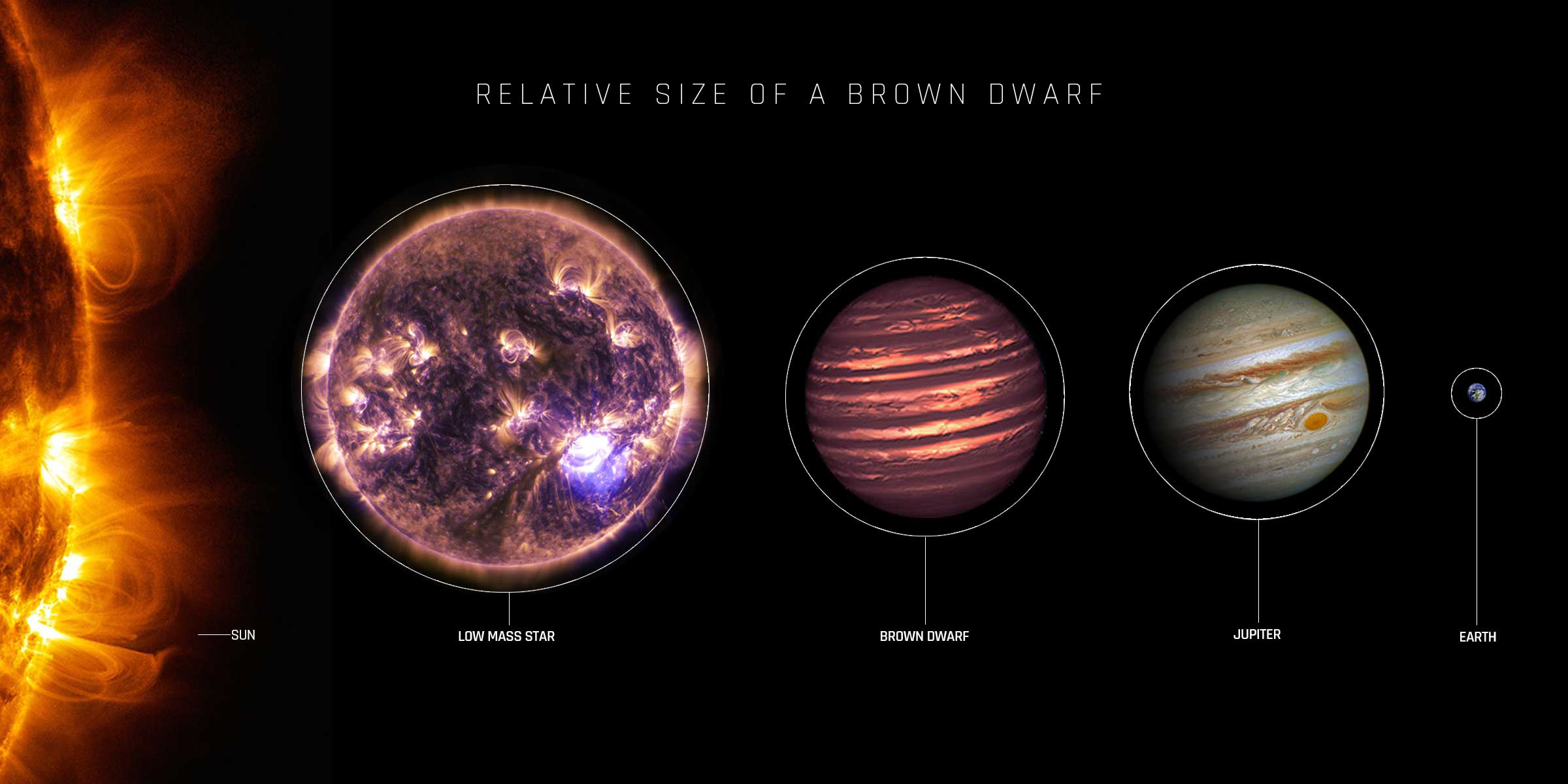
Astronomers identify the coldest star yet that emits radio waves
Astronomers at the University of Sydney have shown that a small, faint star is the coldest on record to produce emission at radio wavelength.
Novel algorithm improves understanding of plasma shock waves in space
Scientists have used a recently developed technique to improve predictions of the timing and intensity of the solar wind’s strikes, which sometimes disrupt telecommunications satellites and damage electrical grids.
DESI Early Data Release Holds Nearly Two Million Objects
The universe is big, and it’s getting bigger. To study dark energy, the mysterious force behind the accelerating expansion of our universe, scientists are using the Dark Energy Spectroscopic Instrument (DESI) to map more than 40 million galaxies, quasars, and stars. Today, the collaboration publicly released its first batch of data, with nearly 2 million objects for researchers to explore.

Bringing the Universe to You
Teachers, students, and the general public can now explore a suite of online, interactive experiences that highlight Rubin Observatory and its science.
First-of-its-kind measurement of the Universe’s expansion rate weighs in on a longstanding debate in physics and astronomy
A University of Minnesota Twin Cities-led team used a first-of-its-kind technique to measure the expansion rate of the Universe, providing insight that could help more accurately determine the Universe’s age and help physicists and astronomers better understand the cosmos.
UAH research programs achieve record high $169.5M in R&D funding for FY22
The University of Alabama in Huntsville (UAH) notched a record $169.5 million in research and development expenditures for fiscal year (FY) 2022, a 13% increase over FY21. This announcement accompanies the National Science Foundation Higher Education Research and Development (HERD) Survey findings which cover FY21 and mark the 10th year in a row UAH has had five or more research programs ranked in the top 25 nationally for federal research funding.
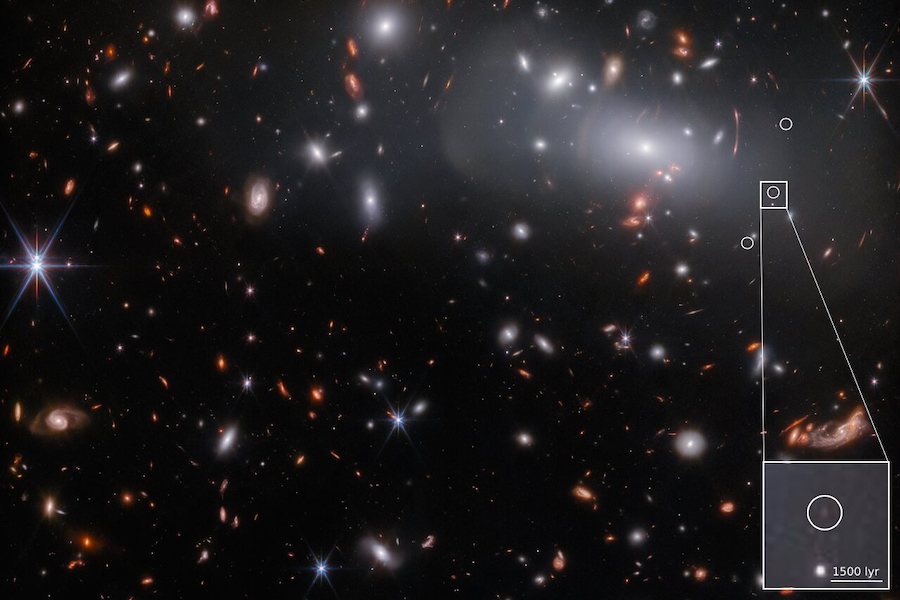
Researchers discover tiny galaxy with big star power using James Webb telescope
Using first-of-their-kind observations from the James Webb Space Telescope, a University of Minnesota Twin Cities-led team looked more than 13 billion years into the past to discover a unique, minuscule galaxy that could help astronomers learn more about galaxies that were present shortly after the Big Bang.
Galactic explosion offers astrophysicists new insight into the cosmos
Using data from the James Webb Space Telescope’s first year of interstellar observation, an international team of researchers was able to serendipitously view an exploding supernova in a faraway spiral galaxy.
A Star is Born: Images of Nearby Galaxies Provide Clues About Star Formation
As part of the JWST Cycle 1 Treasury Program, researchers from UC San Diego have released their findings on polycyclic aromatic hydrocarbons in the interstellar medium of nearby galaxies.
Four classes of planetary systems
In our solar system, everything seems to be in order: The smaller rocky planets, such as Venus, Earth or Mars, orbit relatively close to our star.
‘Engine’ of luminous merging galaxies pinpointed for the first time
Roughly 500 million light-years away, near the constellation Delphinus, two galaxies are colliding.
Karen Meech Awarded 2023 Dannie Heineman Prize for Astrophysics
The Heineman Foundation, AIP, and AAS are pleased to announce Karen Meech, astronomer at the Institute for Astronomy, University of Hawai’i, as the winner of the 2023 Dannie Heineman Prize for Astrophysics. Meech was selected “for her pioneering work in expanding and pushing boundaries in the field of small body solar system observational science, and for making transformative contributions to shape the broader field of planetary science in general.” She will be awarded $10,000 and a certificate and invited to give a talk at a future AAS meeting.
Massive fuel hungry black holes feed off intergalactic gas
Research led by the University of Southampton has revealed how supermassive black holes (SMBHs) are feeding off gas clouds which reach them by travelling hundreds of thousands of light years from one galaxy to another.
The seven-year photobomb: Distant star’s dimming was likely a ‘dusty’ companion getting in the way, astronomers say
Astronomers discovered that the star Gaia17bpp gradually brightened over a 2 1/2-year period. But follow-up analyses revealed that the star itself wasn’t changing. Instead, it’s likely part of a rare type of binary system. Its apparent brightening was the end of a years-long eclipse by an unusual, “dusty” stellar companion.
SPIDER launches from Antarctica
A team of scientists including physicist Johanna Nagy at Washington University in St. Louis successfully launched a balloon-borne experiment studying the early universe on Dec. 21. The instrument, called SPIDER, was carried aloft by a scientific balloon from its launch pad in Antarctica.
TEAM-UP Together Awards 31 Scholarships to African American Students in Physics, Astronomy
TEAM-UP Together is pleased to announce its first cohort of scholars, 31 African American students who will each receive $10,000 for the 2022-23 academic year. The scholarship program aims to reduce financial barriers that prevent many Black students from completing their undergraduate education in physics and astronomy. A collective action initiative, TEAM-UP Together is a partnership between the American Association of Physics Teachers, the American Astronomical Society, the American Institute of Physics, the American Physical Society, and the Society of Physics Students. TEAM-UP Together is sponsored by the Simons Foundation International.
Cosmological enigma of Milky Way’s satellite galaxies solved
Astronomers say they have solved an outstanding problem that challenged our understanding of how the Universe evolved – the spatial distribution of faint satellite galaxies orbiting the Milky Way.
Study: Without more data, a black hole’s origins can be “spun” in any direction
Clues to a black hole’s origins can be found in the way it spins. This is especially true for binaries, in which two black holes circle close together before merging.
Researchers spot rare luminous jet spewed by supermassive black hole
A University of Minnesota Twin Cities assistant professor is co-leading a team that discovered a bright optical flare which may help researchers better understand the physics of supermassive black holes billions of light years away.
Non-detection of key signal allows astronomers to determine what the first galaxies were – and weren’t – like
Researchers have been able to make some key determinations about the first galaxies to exist, in one of the first astrophysical studies of the period in the early Universe when the first stars and galaxies formed, known as the cosmic dawn.
Polarized X-rays reveal shape, orientation of extremely hot matter around black hole
Researchers’ recent observations of a stellar-mass black hole called Cygnus X-1 reveal new details about the configuration of extremely hot matter in the region immediately surrounding the black hole. Matter is heated to millions of degrees as it is pulled toward a black hole. This hot matter glows in X-rays. Researchers are using measurements of the polarization of these X-rays to test and refine models that describe how black holes swallow matter, becoming some of the most luminous sources of light — including X-rays — in the universe.
Pitt astrophysics expert wins Packard Fellowship developing novel galaxy simulations
Pitt’s Evan Schneider has won a Packard Fellowship Award. She is the first woman at Pitt to win the award and Pitt’s third winner since 1988. Using a GPU-powered code of her own design and the world’s fastest supercomputers, Schneider and her team simulate galaxies with greater clarity than ever before.
After Fire and Monsoons, DESI Resumes Cataloguing the Cosmos
In June, the Dark Energy Spectroscopic Instrument survived a massive wildfire, followed by rains and mudslides. After cleaning and testing the equipment, DESI collaborators successfully restarted the experiment and began imaging the night sky again on Sept. 10. The survey is creating the largest 3D map of the universe ever made to study a phenomenon called dark energy.
Astronomers Unveil New – and Puzzling – Features of Mysterious Fast Radio Bursts
More than 15 years after deep-space fast radio bursts were first discovered, their perplexing nature continues to surprise astronomers – and newly published research only deepens the mystery surrounding them.
ESA Solar Orbiter confirms solar switchback origin theory by UAH’s Dr. Gary Zank
For the first time a solar switchback has been directly observed that confirms 2020 models by astrophysicist Dr. Gary Zank at The University of Alabama in Huntsville (UAH) that theorized how these surprising structures in the solar wind originate.
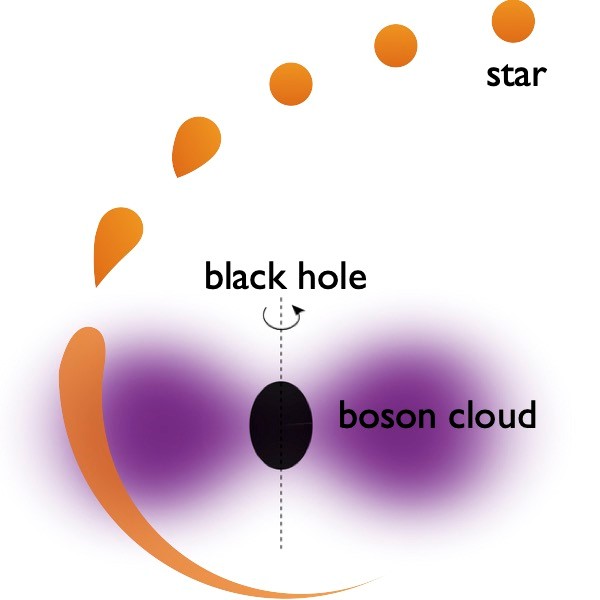
Scientists Take Another Theoretical Step to Uncovering the Mystery of Dark Matter, Black Holes
A study by a team of scientists including three from Stony Brook University proposes a novel method to search for new particles not currently contained in the standard model of particle physics. Their method, published in Nature Communications, could shed light on the nature of dark matter.
Scientists reveal distribution of dark matter around galaxies 12 billion years ago–further back in time than ever before
A collaboration led by scientists at Nagoya University in Japan has investigated the nature of dark matter surrounding galaxies seen as they were 12 billion years ago, billions of years further back in time than ever before.
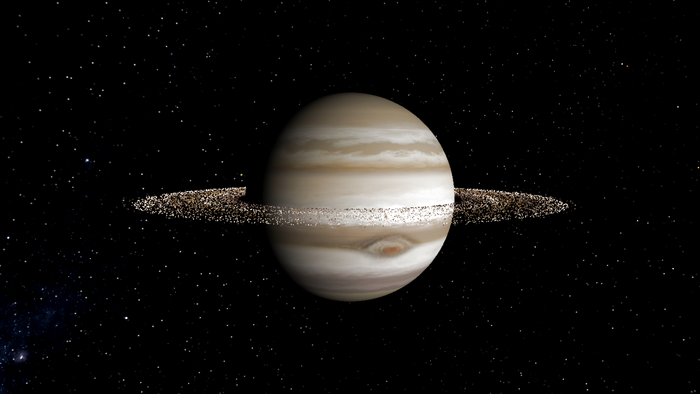
Why Jupiter doesn’t have rings like Saturn
Because it’s bigger, Jupiter ought to have larger, more spectacular rings than Saturn has. But new UC Riverside research shows Jupiter’s massive moons prevent that vision from lighting up the night sky.
Discovery brings scientists one step closer to solving century-old cosmic ray mystery
For more than a century, astrophysicists have tried to determine the origin of extremely energetic particles, which are up to a million times more energetic than anything achieved by the world’s most powerful particle accelerator, the Large Hadron Collider near Geneva, Switzerland.
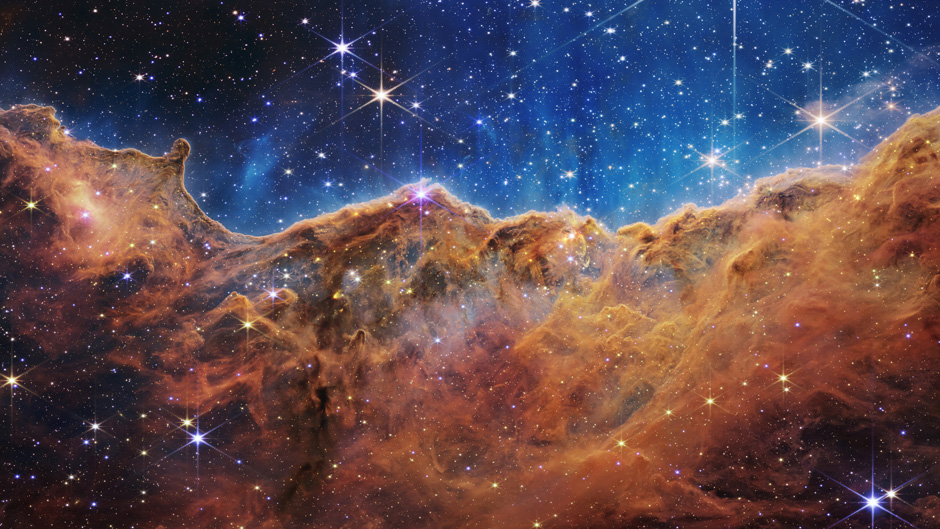
Webb telescope rewrites cosmic history with images of universe
A time travel machine, the $10 billion space observatory is being considered well worth the price tag because it will help answer long-held questions about the big bang and search for signs of alien life, University of Miami astrophysicists maintain.
UNLV professor available for NASA James Webb Telescope comment
UNLV professor of physics and astronomy Jason Steffen is available to talk about the significance of the James Webb Space Telescope imagery, and how it broadens our understanding of the universe. Today is the day that scientists are saying could…
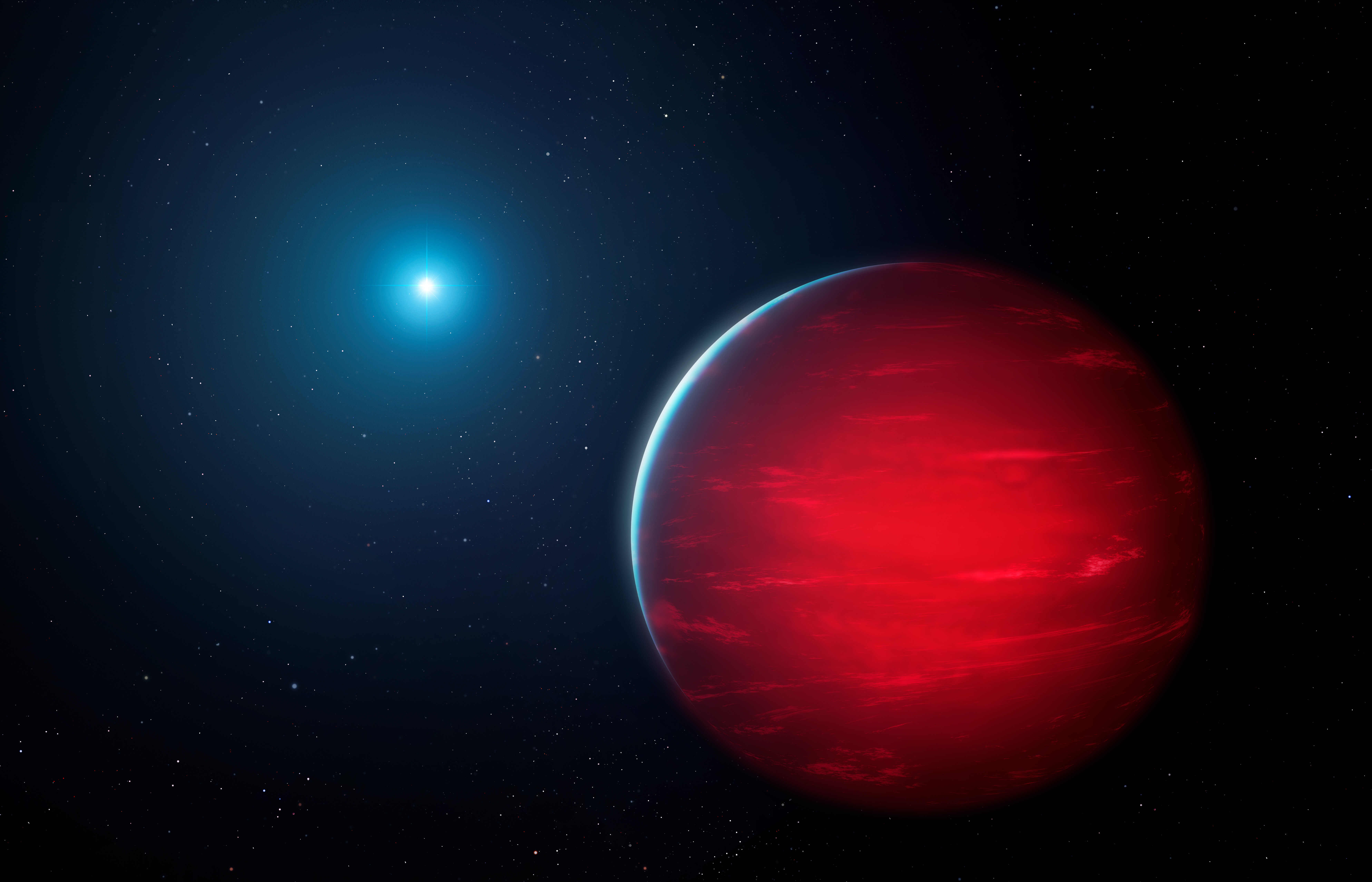
Citizen Scientist Leads Discovery of 34 Ultracool Dwarf Binaries Using Archive at NSF’s NOIRLab
How often do stars live alone? For brown dwarfs — objects that straddle the boundary between the most massive planets and the smallest stars — astronomers need to uncover more examples of their companions to find out. Ace citizen scientist Frank Kiwy has done just that by using the Astro Data Lab science platform at NSF’s NOIRLab to discover 34 new ultracool dwarf binary systems in the Sun’s neighborhood, nearly doubling the number of such systems known.
Science Results From NRAO Facilities to Be Presented at Multiple AAS 240 Press Conferences
Seven new scientific results from the Atacama Large Millimeter/submillimeter Array (ALMA), the Very Large Array (VLA), and the Very Large Array Sky Survey (VLASS) will be revealed at multiple press conferences during the 240th meeting of the American Astronomical Society (AAS) between June 13-15, 2022 in Pasadena, California.
ORNL, partners launch first experiments using new facility to make cosmic isotopes on Earth
A new flagship facility for nuclear physics has opened, and scientists from Oak Ridge National Laboratory have a hand in 10 of its first 34 experiments.